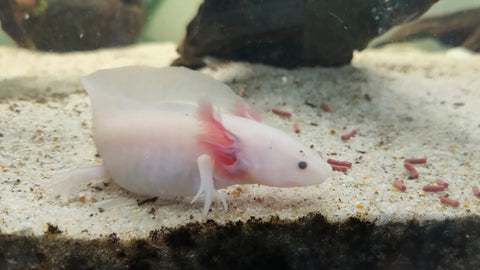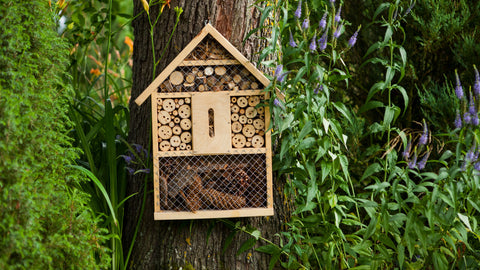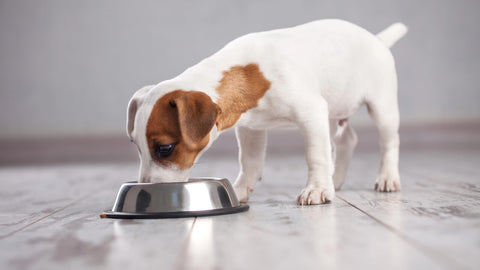Axolotls are fascinating amphibians that are becoming increasingly popular. They enjoy great popularity as pets, as they not only look cute but are also relatively easy to care for. However, a species-appropriate diet is a challenge for many axolotl owners. In this blog post, we provide you with valuable tips and recommendations on how to feed your axolotl optimally.
The special features of axolotl nutrition
Axolotls are newts that, unlike other amphibians, remain in water their entire lives. They therefore have very specific nutritional requirements that need to be taken into account. On the one hand, they require a high protein intake as they are categorised as predators. Secondly, they need to be regularly supplied with fresh food, as their digestion is very sensitive.
High-protein diet
Axolotls are omnivores that mainly feed on small fish, crustaceans, insects and worms in the wild. To fulfil this requirement, their food should have a high protein content. Good sources of protein are, for example:
- Axolotl food (specially developed for axolotls)
- Fish food (e.g. flake food or granules)
- live food or alternatives such as mosquito larvae, tubifex worms or shrimps
It is important that you feed your axolotl a varied diet and not just one protein source. This will ensure that your axolotl gets all the important nutrients.
Fresh food is important
Axolotls have a very sensitive digestive system. It is therefore important that you always offer them fresh food. Dried or canned food can lead to digestive problems. So make sure that you regularly feed your axolotl with live or frozen food animals.
The right amount of food
The amount of food depends on the age and size of your axolotl. Younger and smaller specimens generally need more food than older and larger animals. As a rule of thumb:
- Young axolotls (up to 10 cm): feed 2-3 times a week
- Adult axolotls (from 10 cm): feed 1-2 times a week
Make sure that your axolotl does not leave any leftovers in the water after eating. Overfeeding can lead to health problems. So keep a close eye on how much your axolotl eats and adjust the amount of food accordingly.
Special feeding for axolotls
In addition to the general diet, there are a few special features that you should bear in mind when feeding your axolotl:
Feeding axolotl larvae
Young axolotl larvae have a special need for food. In the first few weeks, they feed mainly on microorganisms such as algae and bacteria. It is therefore important that you offer them special food granules or powders that are tailored to their needs.
Feeding adult axolotls
Adult axolotls, on the other hand, can already eat larger prey. This includes granules, live food such as mosquito larvae or shrimps. However, make sure that you adjust the portion sizes to the size of your axolotl.
Special food for breeding axolotls
If you want to keep your axolotls for breeding, they need to be fed a particularly nutritious diet. We recommend special breeding foods that contain a high proportion of proteins, vitamins and minerals. This will ensure that your axolotl is optimally nourished and can produce healthy offspring.
A balanced and species-appropriate diet is the key to your axolotl's health. Make sure that you offer them varied, fresh food with a high protein content. Keep a close eye on how much and how often your axolotl eats and adjust the amount of food accordingly. With the right feeding strategies, you can keep your axolotl healthy for a long time.
If you have any questions about feeding your axolotl, don't hesitate to get in touch with our team. We will be happy to help you.




Comments (0)
There are no comments for this article. Be the first one to leave a message!